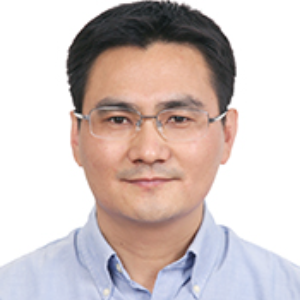Title : On-site Gas Sensing by Surface-Enhanced Raman Scattering
Abstract:
Ag nanorods coated with an ultrathin HfO2 shell (AgNRs@HfO2) were prepared for the synthesis of a versatile, robust, and easily recyclable surface-enhanced Raman scattering (SERS) substrate. This substrate maximizes the high melting point of HfO2 shell and thus ensures the plasmonic efficiency of AgNRs. Therefore, it possesses extraordinary thermal stability and SERS activity, which could act as a reusable and cost-effective SERS detector. After SERS detection, the regeneration of AgNRs@HfO2 was achieved by annealing the substrate within several seconds. This procedure led to the thermal release of adsorbed molecules and resulted in a refreshed substrate for subsequent measurements. The composite substrate maintained its SERS efficiency well during multiple “detection−heating” cycles, exhibiting good stability and recyclability. Furthermore, in addition to revealing the feasibility of SERS sensing in liquids, AgNRs@HfO2 also provided continuous real-time monitoring of gas targets at ultralow concentrations. This work provides a robust and renewable SERS sensor with advantages of high sensitivity, stability, cost effectiveness, and easy operation, which can be implemented for both aqueous and gaseous analyte detection and is thus an intriguing candidate for practical applications in environmental, industrial, and homeland security sensing fields.
Audience take away:
• Localized surface plasmon resonance (LSPR) of metallic nanostructures
• Surface-enhanced Raman scattering (SERS) for trace level sensing
• Fabrication of thermally stable metallic nanostructures



